
Estimated reading time: 9 minutes
The Model 66 Combat Magnum is built on a Smith & Wesson K-frame. It’s common to think the K stands for King, but then that’s wrong. A K-frame is a medium size frame revolver smaller than S&W’s N-frame and larger than their J-frame. Still, S&W’s K-frames region supreme when it comes to revolvers, offering a near-perfect balance of power, weight, and accuracy. Call it iconic, call it the lineage, I call it a damn nice .357 Magnum for defense work.
Table of contents
- How Is A Model 66 Like A Model 19?
- S&W’s K-Frame Revolver Legacy
- Combat Magnum Defined
- DA Trigger
- The Model 66 Front Sight
- Versatile .357 Magnum
- Empty Brass and Sore Palms
- READ MORE: Smith & Wesson Model 19 Classic – Return of the Combat Magnum
- High Grip For Better Control
- The New Model 66 – Wise Carry Decision

How Is A Model 66 Like A Model 19?
The original Model 66 Combat Magnum was produced from 1971 to 2005 and was the stainless steel variant of the Model 19 which was the blued version and introduced in 1957. Back in the day, the Model 19 was designed for law enforcement with a mid-size frame that was lightweight so it was easier to carry yet still provided six .357 Magnum cartridges on tap. In 2014, S&W re-introduced a 4-inch barrel Model 66. In 2017 the 2.75-inch barrel variant was released and is still in production.
S&W’s K-Frame Revolver Legacy
Many of S&W’s popular revolvers are built on a K-frame. The Model 66 and 19 you now know about but there is the Model 17 in .22 LR, the Model 48 in .22 Magnum, the Model 10 in .38 Special, and a number of other blued and stainless models. Originally the Model 19 and other K-frames were prone stretch or crack frames from a steady diet of magnum ammunition. That did not deter the popularity of the Model 19. Users just practiced with .38 Special ammo and loaded .357 Magnum for defense use. New K-frames, including the Model 66-8 Combat Magnum, addressed the issue and have a slightly redesigned and more robust frame with a thicker forcing cone. The “-8” in the model name indicates the eight design changes to the model.
Another design tweak is in the lock-up. The original Model 66 locked the front of the cylinder via a pin in the shroud and the end of the ejector rod. The new 66-8 locks the front of the cylinder with a ball detent on the frame that locks into the crane. There was no wiggle in the cylinder of my 66. It locks up tight. New K-frames have been designed to take the pounding of hot magnum loads with no issues other than a sore palm of your shooting hand.

Combat Magnum Defined
The Model 66-8 has a 6-round capacity, a 2.75-inch barrel, rubber stocks, an adjustable rear sight, and a DA/SA trigger. It also has good accuracy as I found out. Before shooting the Model 66, I dry-fired it in DA trigger mode until my trigger finger ached and I was accustomed to the trigger pull. DA trigger pull weight measured a heavy 15 pounds. A heavy DA trigger pull weight makes shooting revolvers more difficult. If the pull was heavy it was also smooth with no stacking. The 66-8 uses a flat main spring rather than a coil spring. Did it really feel like 15 pounds? No, but other than that I liked the way the Model 66-8 felt in my hand—comfortable, lightweight, and a natural pointer.
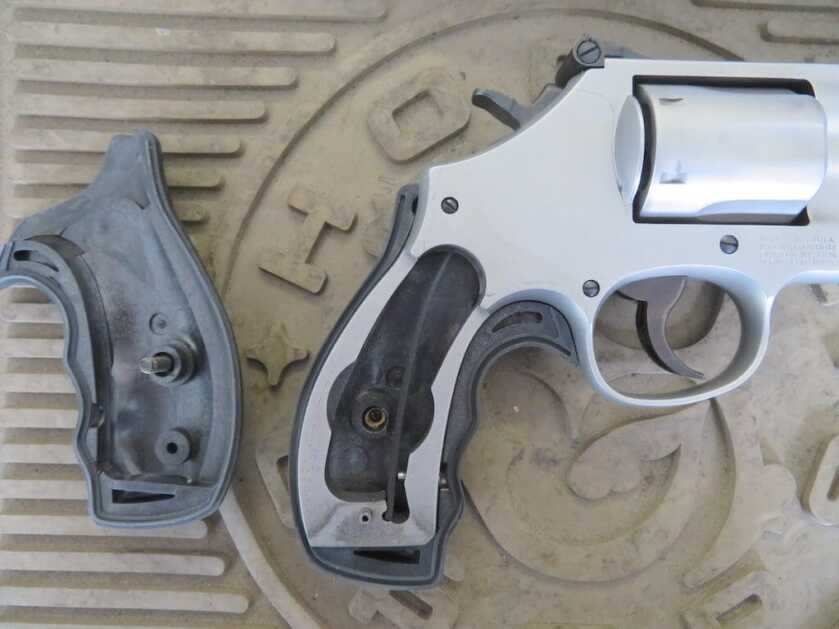
The 66-8 is built with a two-piece barrel, using an inner steel barrel tube with an outer sleeve. The top of the barrel is serrated and the muzzle is crowned. The finish is matte stainless on the frame, barrel sleeve, and cylinder.
DA Trigger
The trigger, cylinder latch, and hammer are blued and contrast nicely with the rest of the gun. The hammer spur sports a wide checkered rectangular pad which helps when cocking the hammer. In contrast, the trigger was wide and smooth. I like a smooth trigger on a concealed carry DA revolver because I know I will be firing in DA mode in a defense situation. With a smooth trigger, my trigger finger slides across the face of a trigger during the long DA pull. Serrated triggers don’t allow your finger to slip which can make it more difficult to control during the DA trigger stroke.

The Model 66 Front Sight
The front sight is a red insert ramp that debuted in the 1970s. It is old school for sure, but the front sight is pinned in place and can be replaced if you want something in a fiber optic or tritium. The rear sight is adjustable and the shooter-facing side is serrated to reduce glare. The Model 66 uses a full-length ejector rod. The longer length helps to eject cases more efficiently from the chambers ensuring the cases fall from the gun and don’t get hung up like they can with short strike ejectors. The edges on the frame and cylinder are rounded so there are no sharp edges.

The rubber grip is thin with palm swells and does a good job of filling the area behind the trigger guard that can whack the knuckle of your middle finger. The texture is slightly sticky and it feels good in hand. There are finger grooves, too, and they help to keep your grip when squeezing off magnum rounds. For EDC, the grip is long but not that difficult to conceal. Since the grip was thin I expected the palm of my shooting hand to be pounded during recoil.
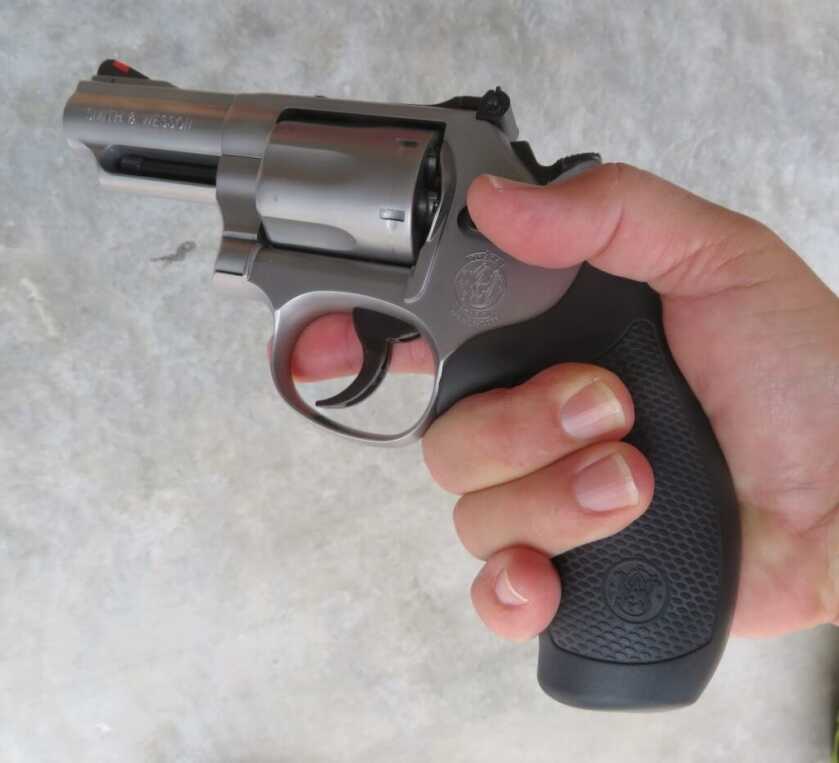
Versatile .357 Magnum
Since a .357 Magnum is compatible with both .38 Special and .357 Magnum cartridges, I ran an assortment. I ran Armscor .38 Special ammo loaded with a 158-grain FMJ bullet. For .357 Magnum loads I used two; Aguila loaded with a 158-grain JSP and Federal Premium Hydra-Shok loaded with a 158-grain JHP bullet. The 158-grain bullet is a popular bullet weight for the .357 Magnum.
Available on GunsAmerica Now
Empty Brass and Sore Palms
I used my range bag as a rest for accuracy testing and found the Model 66-8 had game. My best 5-shot group at 15 yards measured 1.02 inches with Federal Hydra-Shok 357 Mag ammo. The Hydr-shok offered a bit of felt recoil in the palm of my hand. As I mentioned, you might want to use .38 Special ammo for extended training and load up .357 Magnum for self-defense. With the Armscor .38 Special load, my best group measured 1.45 inches. The best group with the Aguila .357 Magnum ammunition opened up a bit but still, 2.64 inches at 15 yards is good.
READ MORE: Smith & Wesson Model 19 Classic – Return of the Combat Magnum
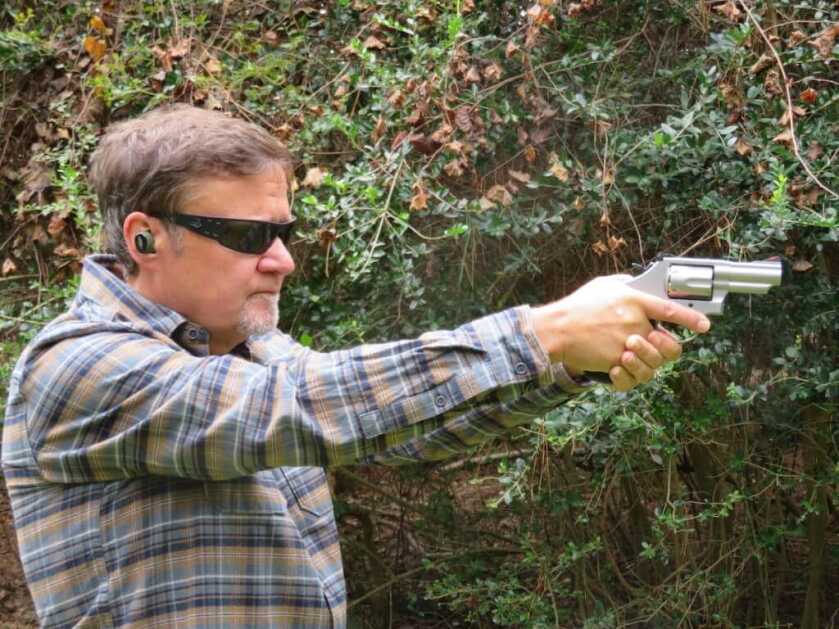
For speed shooting, I placed an IDPA target at 10 yards and fired in DA at the center of mass as fast as I could while still being accurate. Training exercises like this push you to that point where too much speed with the trigger can cause a miss on the target. Better to get hits on the target rather than miss. Going full speed with Hydra-Shok and Aguila ammo gives you a new meaning on recoil control.
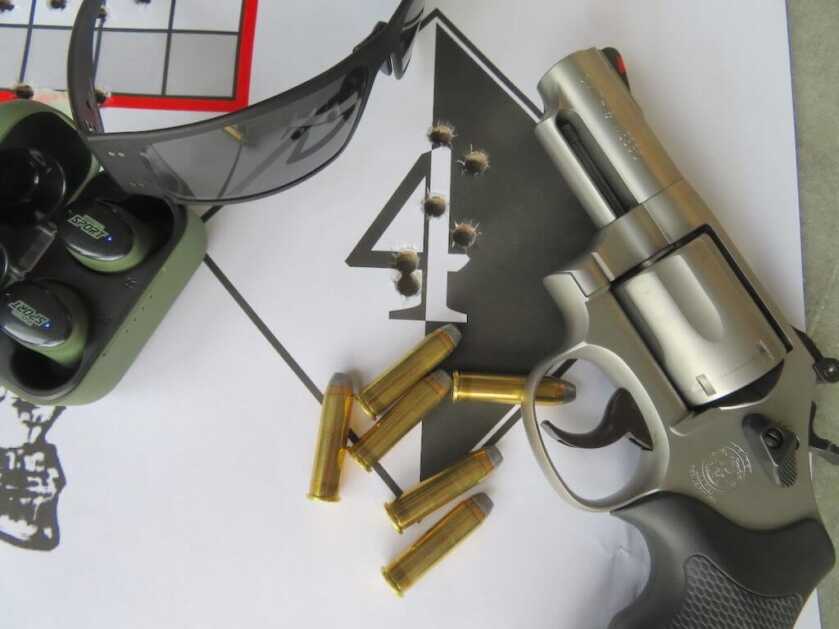
High Grip For Better Control
In DA mode using a two-hand grip, I gripped the 66 as high up the grip as I could to reduce the distance between my grip and the bore axis. That helps reduce muzzle grip when shooting a revolver and enables me to recover from recoil faster and control muzzle flips especially with hot loads. We had no issues shucking empty brass. The 66 performed well.
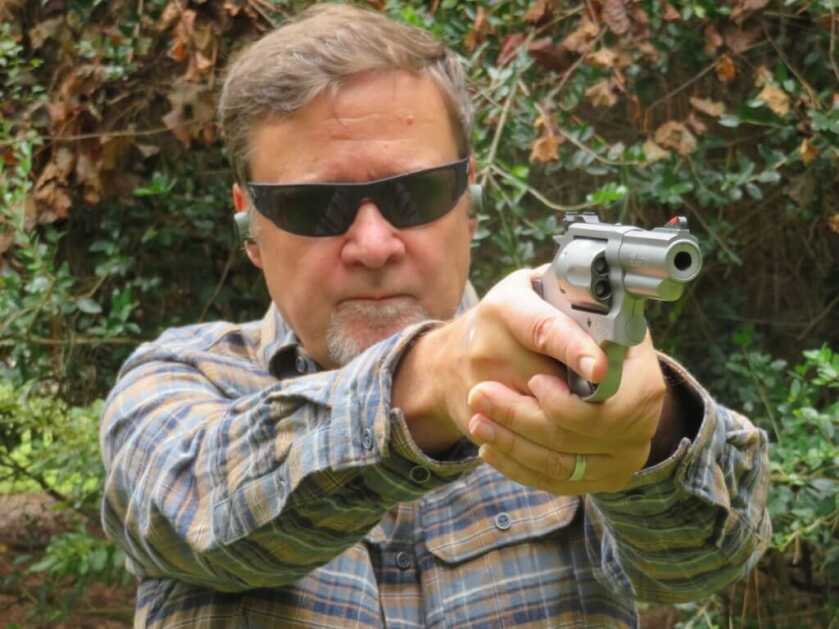
The New Model 66 – Wise Carry Decision
The Model 66-8 Combat Magnum lives up to the K-frame’s reputation. In my opinion, a .357 magnum is a good choice for self-defense, and I’d prefer to carry the .357 Magnum in a revolver like the S&W Model 66 Combat Magnum.
*** Buy and Sell on GunsAmerica! ***



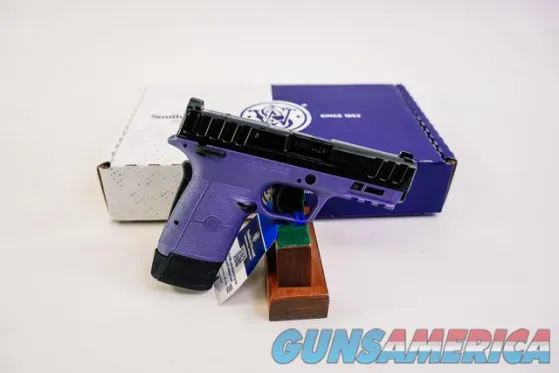

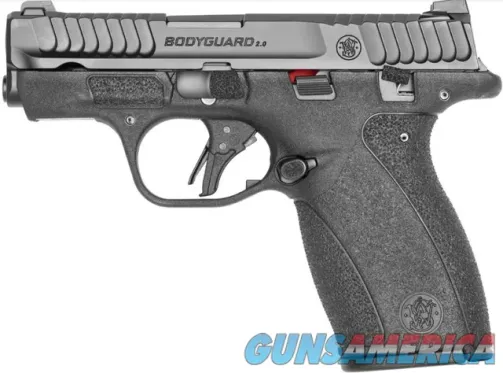



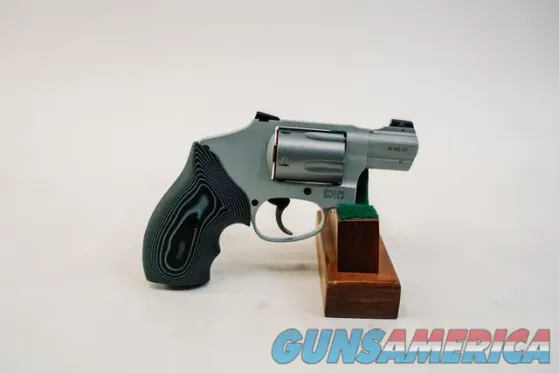


Nice gun I guess, except for that hole above the cylander release. Since S&W caved to HRC and had that unsafe ‘safety feature’ included on virtually every firearm the brand no longer has the same appeal.
And MIMS parts. Ain’t nobody got time for MIMS parts.
Some experts are saying that the new S&W’s with the MIMS have reach a point where they are as good or better that the recessed and pinned old S&W’s. The only for sure is that the Hillary hole will never be a plus for the new generation.
No, Kane, no! Do not become a MIMS apologist just to prove me wrong! If it were possible, I would wish myself accursed, that my brethren may know that MIMS parts are inferior!
I think it was a Brownells You Tube video I recently saw where these supposedly expert firearm gents were saying that later generation MIMS parts are quite good. I think the video was called something like ‘The Truth on Smith &Wesson.’ I understand that these guys are salesmen and they might have been trying to drum up buisness but would they totally lie?
I will try and get a link.
Found the youtube video by Brownells “Smyth Busters; Are Old Smith & Wessons Better Than New Ones?”
https://www.youtube.com/watch?v=8M-G5THhhKQ
Don’t shoot the messenger.
Nice article. I have three Model 19’s with 2.75 bbls and they are all nickeled. I like the longer ejector rod on the new one but not too crazy about the blued pieces. S&W used to color case harden the hammer and trigger. Including the MSRP and empty weight would save having to look them up. S&W website says $979.00 and 33.1 oz.
I never liked short barreled magnums. I carry mine with plus P 158 grainers. At close range it’s a wash.
I carried a 4″ Md66 when I was a young cop. The ironic thing is I bought it at Playworld. Yes, the toy store. They had a regular full gun section. Many moons ago. I still own a fully engraved 2.5″ Md66.
I must add that J. C. Penny sold black powder civil war replica rifled muskets
at the store in Alex. La. back in the 70’s. Weird ain’t it?
I have several guns including one just like the one reviewed. If I could keep only one, the 2.75” model 66-8 would be the one. It will do anything you need a handgun to do in a pinch.
Good article but first paragraph, third sentence should be “reigns supreme” and not “region”. Sorry about the nit but we rely too much on technology.
Still prefer the 686 combat masterpiece.